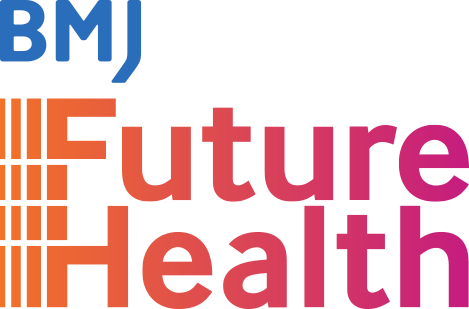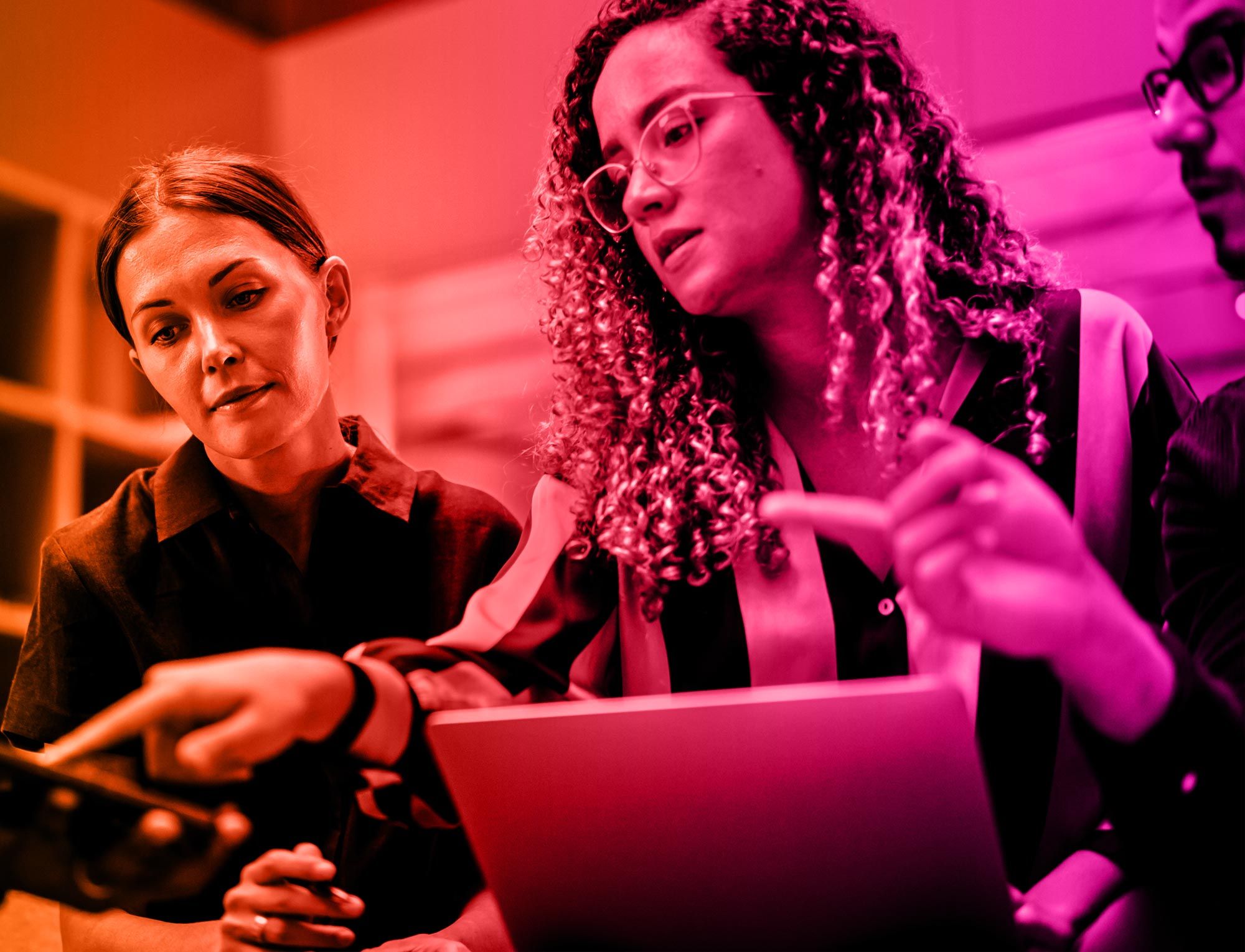How can technology help free up time for care in the NHS?
The idea that technology and AI can boost productivity and free up time for care in the NHS has become a major focus of health policy. Drawing on a recent Health Foundation survey conducted in partnership with eight professional bodies, this session will explore which technologies might help and what steps will be important to realise these gains.
Tim explores:
- Which technologies NHS clinicians say are making a difference right now, and which they think hold most potential for freeing up time over the next few years
- What challenges staff and organisations face in implementing and using technology effectively, and how they can be supported to realise the gains that technology offers
- The links between freeing up time and improving productivity, and what NHS clinicians tell us they might actually do with freed-up time
Expert: Tim Horton, Associate Director, The Health Foundation
Summary of the webinar:
Introduction
- The NHS is under increasing pressure due to rising demand and workforce shortages.
- Technology is often cited as a solution to improve efficiency, but it is not a standalone fix.
- The Health Foundation has conducted research to understand which technologies clinicians find most useful and how freed-up time is used.
Key Technologies Saving Time in the NHS
Survey Findings from 560 UK Clinical Staff:
- Current Top 3 Time-Saving Technologies:
- Video conferencing for speaking with colleagues.
- Electronic health records (EHRs)—chosen by 50% of respondents.
- Digital messaging tools for professional communication.
- Future Top 3 Time-Saving Technologies:
- Clinical documentation tools—expected to reduce admin burden.
- Electronic health records—continued focus on optimisation.
- Software for analysing images and test results.
Key Insights:
- Technologies that support administrative and operational tasks provide significant time savings.
- Interprofessional communication tools (e.g. Microsoft Teams) have been transformative.
- AI is expected to enhance these technologies further but will require careful implementation.
Challenges in Technology Implementation
Surveyed clinicians identified key barriers:
- Lack of IT support and expertise.
- Insufficient funding for new technologies.
- Poor internet connectivity.
Key Recommendations for Better Implementation:
- Prioritise investment in technologies that improve administrative efficiency.
- Focus on spreading and optimising existing technologies rather than just adopting new ones.
- Provide stronger IT support and training to help staff effectively use technology.
- Ensure clinician involvement in technology design and deployment to fit their needs.
How Will Freed-Up Time Be Used?
- Clinicians' self-reported use of an extra hour:
- 27% would spend it on direct patient care.
- 17% would use it to reduce overtime.
- Others would use it for quality improvement, training, and research.
- When given three extra hours:
- 46% would use at least some of it for patient care.
- The average allocation for patient care was still 27% of freed-up time.
Key Insights:
- Freed-up time does not automatically translate into more patient care.
- Many clinicians prioritise reducing burnout, quality improvement, and training.
- Planning for the purposeful use of freed-up time is essential to ensure productivity gains.
The Role of AI in NHS Productivity
- 57% of clinicians believe AI will save them time in the next few years.
- AI has strong potential in:
- Clinical documentation (e.g. ambient voice tech).
- Medical image analysis.
- Enhancing electronic health records with machine learning.
- Challenges:
- AI requires human oversight, which can limit efficiency gains.
- Many AI models operate as a “black box”, making it hard to verify their decisions.
- Risk of exacerbating health inequalities if AI tools are trained on biased data.
Key Considerations:
- AI should be developed with clinicians, not just for them.
- Oversight and explainability are crucial for patient trust.
- AI has the potential to both widen and reduce health inequalities, depending on how it's used.
The Future of Healthcare Roles and Automation
- Healthcare is less likely to see widespread job losses due to automation compared to other sectors.
- Many tasks require human skills such as critical thinking, compassion, and negotiation.
- Example: GP Receptionists
- Some administrative tasks (e.g. checking in patients) are being automated.
- Other roles (e.g. patient support and care navigation) may expand.
- Training and role evolution will be necessary to adapt to automation.
Key Recommendations for Workforce Adaptation:
- Develop a shared vision for how healthcare roles will evolve with technology.
- Ensure all staff receive training to capitalise on new technology.
- Support professional retraining and upskilling for those in roles most affected by automation.
Final Takeaways
- Technology is a tool, not a solution. It must be implemented effectively and with staff input.
- Freed-up time must be managed. Without planning, its benefits will be lost.
- AI will enhance, not replace, healthcare professionals. But oversight and ethical considerations are critical.
- Healthcare roles will evolve, not disappear. Supporting staff through this transition is essential.


